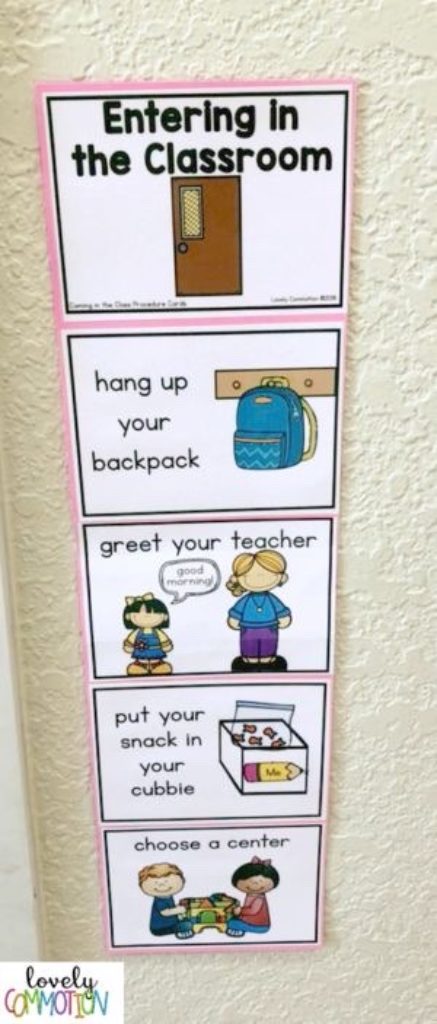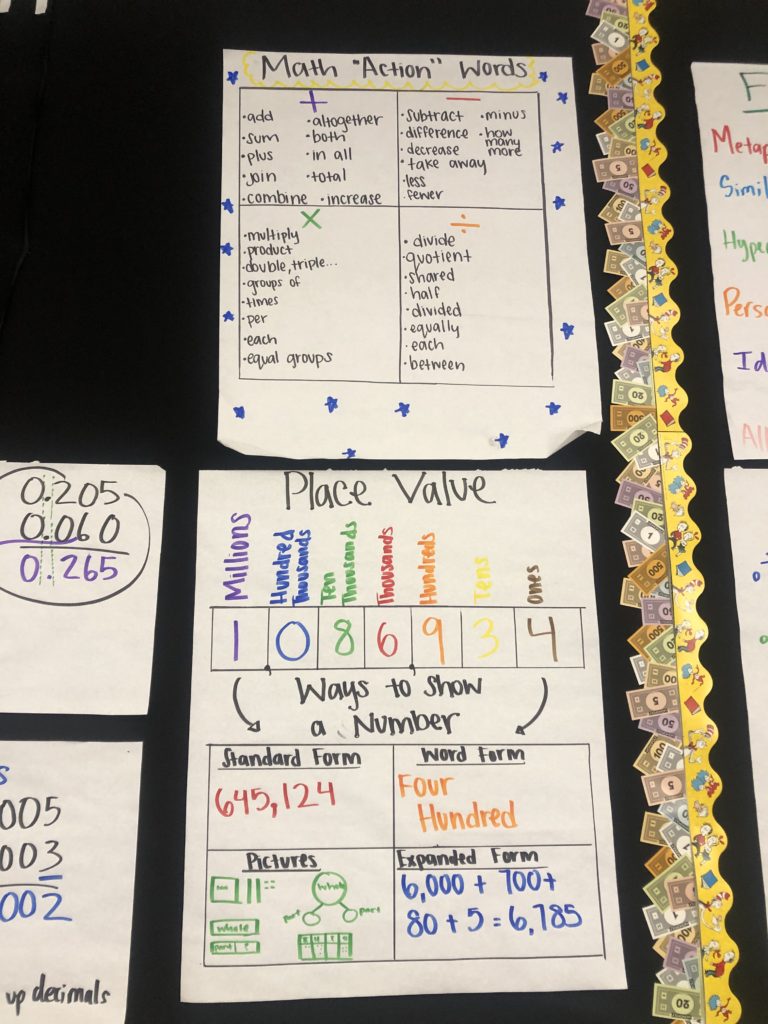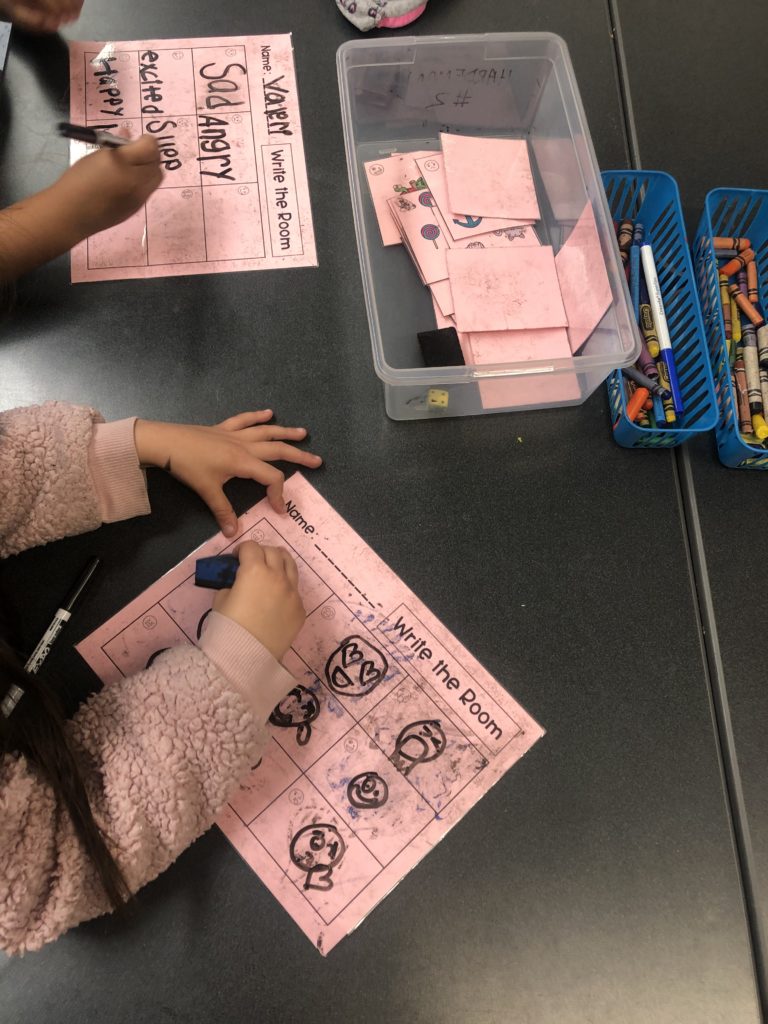“What do we do with our newcomers?” is a phrase that I hear quite often from educators in schools all over the country. Before we dive into what we can do in the classroom to support newcomers, let’s define who we are referring to when using the term newcomer. According the U.S. Department of Education Newcomer Tool Kit, a newcomer “refers to any foreign-born students and their families who have recently arrived in the United States.” If you are interested in how you can help your newcomer students adjust to the U.S. school system, please check out our last post on newcomers here that discusses how to support the often challenging transition to the US school system. In this post, we will discuss some instructional pieces to keep in mind. Keep a look out for a future post in which we will discuss specific strategies for refugee students and students with limited or interrupted formal schooling.
Supporting newcomers can seem like a big puzzle because although there is a standard definition for this subgroup of English learners, their needs vary vastly. This brings me to the best thing you can do to help newcomers: Get to know them. Try to learn as much as you can about each student. I know this can be challenging, especially if you don’t speak their home language, but getting to know your students will help you tap into their prior knowledge and can also help you make linguistic connections for them. If language is a barrier, consider using tools such as Google Translate or have them draw in order to get messages across and learn as much as you can about them.
Another way to help newcomers is to make sure that your classroom is a print-rich environment. Ensure your walls provide students with texts and visuals that can help them make connections. Print-rich environments go beyond cute bulletin boards and colorful displays of student work. You want to cover your walls with anchor charts, words walls, maps, and other visuals that will become resources for your students during the school day. You should label key items around the classroom so students know what various resources are called. For example, consider labeling the pencil sharpener or laptops so that students are able to ask for things they need. Beyond the walls, it is also important to have a variety of books in varying ability levels that are high-interest for students to engage in. Whenever possible, include books and other printed materials in the students’ home languages to promote biliteracy. Seeing print in a language they understand can also bring down the affective filter and help newcomers feel more at ease.

Predictability also helps lower newcomers’ affective filter. You can further support these students by developing and maintaining classroom routines. When learning a new language and how to navigate a new place, it helps to rely on routines. Routines help students focus on the language rather than figuring out what to do or trying to decode what the teacher and fellow students are saying. The predictability of classroom routines will help students develop confidence, feel a sense of belonging, and enable them to focus on acquiring the language. Use clear and consistent procedures for daily tasks. When giving directions, make sure to enunciate clearly as well as use gestures, pointing, or visuals when appropriate to convey information. Writing the directions clearly on the board or having an anchor chart that captures commonly used routines in print can also help support their understanding. However, keep in mind to use printing when working with newcomers as many may not be familiar with cursive writing.

When delivering lesson content make sure that you are prepared to present information in multiple ways. It’s important to avoid idioms and slang words when teaching content as these language devices will confuse newcomers. Try to model the academic language that you want students to exhibit in their work. Allowing students to work with partners or in cooperative groups will truly help newcomers. Not only will it supply them with models of English language, but it will also help them develop social skills and learn from their peers. Most importantly, make sure to conduct frequent checks for understanding. Throughout the lesson, after every few minutes, make sure to check what the students have understood. You can do this in a variety of ways, both formally and informally. You can ask yes/no questions, prompt students with hand signals or thumbs up/down, ask students to draw the concept, or pose open-ended questions. In addition, you can look at students’ written responses on paper or on mini-whiteboards, or have a small conference with students. When checking for understanding, make sure you are holding all students accountable to answer so you truly understand each individual student’s level of understanding. Depending on the responses you may need to reteach part of the lesson. This is why it’s so important to be ready to present the information in a variety of ways.
Finally, when working with newcomers, it’s important to be open-minded in the ways that we assess their understanding. The goal is to have students demonstrate their learning in order to show comprehension. Newcomers lack the language to express what they have learned, therefore only assessing through open-response questions may not truly indicate their understanding of a concept. Consider providing a variety of ways to assess comprehension and mastery. Rather than completing a written response, students could act out, draw, create a project, or discuss orally what they have learned. Many times newcomers understand the content but lack the language to demonstrate their skills. Providing multiple ways to show comprehension will truly show how much they have learned. Don’t just rely on summative assessments to assess these students, as you’ll want to utilize formative assessments to inform you on their progress throughout the learning journey.

Keep in mind this idea that newcomers have to do triple the work. First, they must learn the content like all students. Second, they must learn the language, just like other English learners. Last, they must learn and adjust to a new country and culture, a unique challenge to this subgroup. The most valuable thing you can do as a teacher is build a relationship with each student to show that you care and truly want to help them learn. Respect their silent period of language learning, but still hold them accountable to demonstrate what they have learned. Working with newcomers can seem daunting, but it is also very rewarding as you can quickly see how their language develops. Be patient with them and remember that every student comes in with a different set of skills and experience that can help them be successful in your room. Make sure to tap into and build from the assets they bring to the room.


